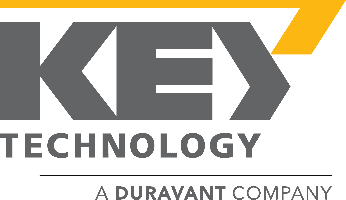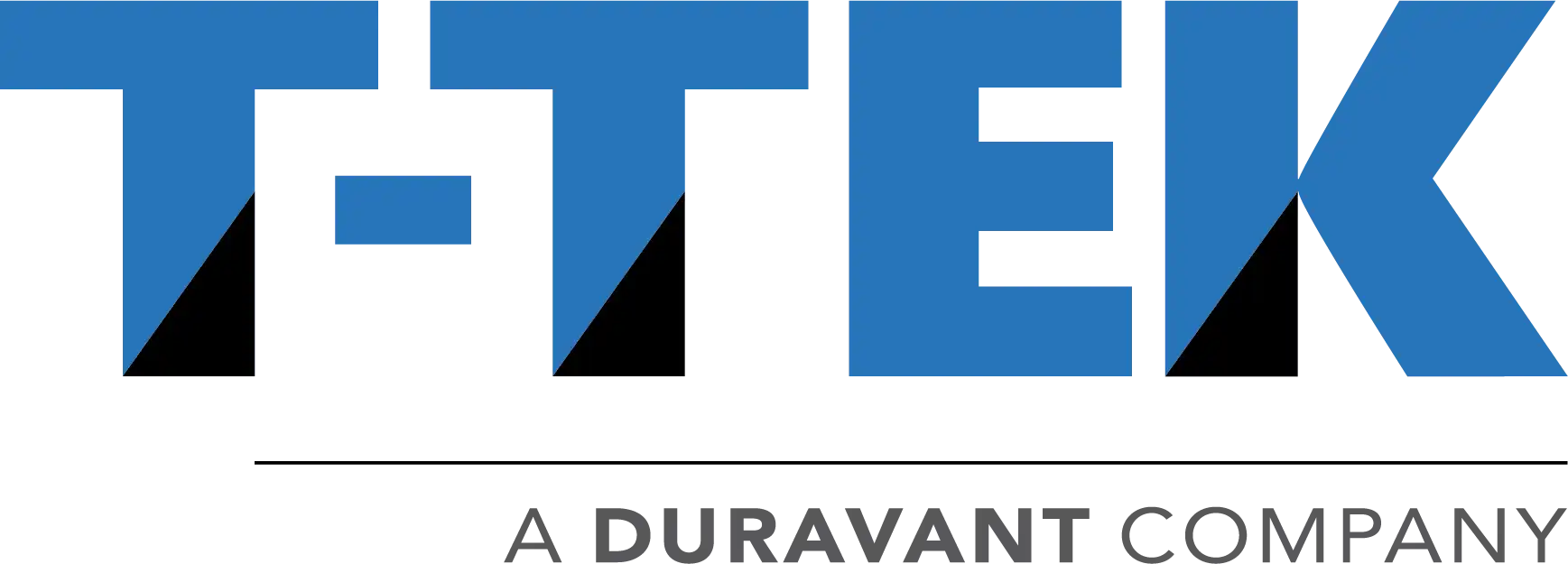How to Choose the Right Industrial Android Tablet for Your Business Needs
Choosing the right Industrial Android tablet for your business needs is a critical decision that can significantly impact operational efficiency and productivity. According to a recent report by MarketsandMarkets, the global market for rugged tablets is projected to reach $1.3 billion by 2027, reflecting a compound annual growth rate (CAGR) of 7.2% from 2020. This growth emphasizes the increasing reliance of industries, including manufacturing, logistics, and field services, on robust mobile solutions that can withstand harsh environments while providing the necessary functionality. An Industrial Android tablet not only offers enhanced durability and performance but also supports a wide range of applications tailored to specific industry requirements. As businesses evolve and technology advances, understanding the critical features, specifications, and operational needs associated with Industrial Android tablets becomes essential for aligning the right device with your strategic objectives.
Understanding Your Business Requirements for an Industrial Android Tablet
When selecting the right industrial Android tablet for your business needs, understanding your specific requirements is crucial. A report by ResearchandMarkets indicates that the global market for rugged tablets is expected to reach $1.68 billion by 2025, highlighting the growing need for durable and versatile devices in various industries. Consider factors such as operating environment, usage scenarios, and necessary features. For instance, if your business operates in extreme conditions, you may require a device with high IP ratings for dust and water resistance, as well as an operating temperature range that suits your environment.
Furthermore, assess the applications you intend to run on the tablet. According to a survey by VDC Research, 35% of businesses prioritize battery life while 25% focus on display quality, underlining the importance of these features for operational efficiency. The ability to use specialized software that integrates seamlessly with your existing systems is also a key consideration. By aligning these requirements with the capabilities of potential tablets, you can ensure a choice that not only meets your business operations but also enhances productivity and user satisfaction.
Industrial Android Tablet Usage across Different Industries
Key Features to Look for in an Industrial Android Tablet
When selecting the right industrial Android tablet for your business, it's crucial to focus on key features that cater to your specific operational needs. First and foremost, durability is essential; industrial tablets are designed to withstand harsh conditions, which are common in sectors like manufacturing and logistics. Look for tablets that have an IP rating of at least IP65, indicating resistance to dust and water, and those that meet MIL-STD-810G standards for ruggedness.
Performance capabilities also play a significant role. Tablets equipped with advanced processors, like the Qualcomm Snapdragon series, and ample RAM (at least 4GB) ensure that applications run smoothly, enhancing productivity. According to a recent report by IDC, companies that leverage high-performance mobile devices can improve their operational efficiency by up to 35%.
Tip: Always prioritize battery life; a robust tablet should last a minimum of 8 hours on a single charge to support prolonged fieldwork. Furthermore, consider connectivity options such as 4G LTE and Wi-Fi 6 for seamless data access, which is imperative in today's fast-paced industrial environments. Ultimately, a well-chosen tablet can significantly streamline your business operations, driving performance and efficiency.
Evaluating Durability and Environmental Resistance in Tablets
When selecting the right industrial Android tablet, evaluating durability and environmental resistance is essential for ensuring it meets the demands of your business. Industrial environments often expose devices to extreme temperatures, moisture, dust, and accidental drops. A tablet that meets military standards for toughness, such as MIL-STD-810G, is designed to withstand harsh conditions, making it a reliable choice for fieldwork or factory settings.
Additionally, consider the tablet's ingress protection (IP) rating, which indicates its resistance to water and dust. A higher IP rating (such as IP65 or IP67) ensures that the device can function reliably in environments where it may come into contact with rain, spills, or dust. This capability is crucial for industries such as construction, manufacturing, and logistics, where conditions can fluctuate and the equipment must be resilient. By prioritizing these features, businesses can ensure their investment in Android tablets is justified by improved performance and longevity, ultimately enhancing operational efficiency.
Assessing Battery Life and Performance for Industrial Use
When selecting an industrial Android tablet, assessing battery life and performance is crucial, particularly for businesses that rely on mobility and efficiency. A tablet’s battery life must suit the demands of your work environment, as operational downtime due to charging can hinder productivity. Look for tablets with extended battery options or those designed for heavy usage, ensuring they can last through long shifts or fieldwork without frequent recharging.
Performance is equally important; a tablet must handle demanding applications, multitasking, and rugged conditions. Pay attention to the processor speed, RAM, and storage capacity, as these factors determine how well the device runs various software essential for your operations. Additionally, consider the tablet’s durability features, such as resistance to dust, water, and drops, which are vital for reliable performance in industrial settings. Investing in a tablet that balances robust performance and exceptional battery life will enhance efficiency and reliability for your business needs.
How to Choose the Right Industrial Android Tablet for Your Business Needs - Assessing Battery Life and Performance for Industrial Use
| Tablet Model | Battery Life (Hours) | Processor Type | RAM (GB) | Storage (GB) | Operating Temperature (°C) |
|---|---|---|---|---|---|
| Model A | 12 | Quad-core | 4 | 64 | -20 to 60 |
| Model B | 10 | Hexa-core | 6 | 128 | -10 to 50 |
| Model C | 15 | Octa-core | 8 | 256 | -30 to 70 |
| Model D | 11 | Quad-core | 4 | 64 | 0 to 50 |
Comparing Cost vs. Features: Finding the Best Value for Your Business
When selecting an industrial Android tablet for your business, the balance between cost and features is crucial. According to a report by MarketsandMarkets, the global rugged tablet market is projected to reach $1.17 billion by 2025, indicating a growing demand for devices that withstand harsh environmental conditions. Investing in a tablet that meets both your functionality requirements and budget constraints can significantly enhance operational efficiency.
Feature-wise, look for tablets with robust durability ratings such as IP65 certification for dust and water resistance and MIL-STD-810G for shock and drop protection. A survey by Tech Pro Research found that 47% of organizations believe that having the right technology significantly influences their overall productivity. While it may be tempting to opt for the cheapest model, consider the long-term implications of lower durability and performance on your workflow.
Compass Intelligence reports that features like long battery life, superior processing power, and ample storage can ultimately save costs through improved productivity and reduced downtime. Therefore, a careful assessment that weighs both cost and essential features can help you choose the best Android tablet tailored to your industrial needs.









